Content
Dorper is a breed of sheep that has a short and extremely clear history of origin. The breed was bred in the 30s of the last century in South Africa. To provide the country's population with meat, a hardy sheep was needed, capable of living and gaining weight in the arid regions of the country. The Dorper breed was developed under the direction of the South African Department of Agriculture for Beef Sheep. Dorper was bred by crossing a fat-tailed Persian black-headed sheep for meat production and a horned Dorset.
Persian sheep were bred in Arabia and gave Dorper their high adaptability to heat, cold, dry and humid air. In addition, the Persian black-headed sheep is fertile, often producing two lambs. The Persian Blackhead passed on all these qualities to Dorper. Along with these characteristics, Dorper sheep also inherited color from the Persian Blackhead. The coat turned out to be “medium”: shorter than that of the Dorset, but longer than that of the Persian.
Dorset sheep are renowned for their year-round breeding ability. Dorper inherited the same ability from them.
In addition to the Dorset and the Persian Blackhead, Van Roy sheep were used in small quantities when breeding the Dorper.This breed influenced the formation of the white version of the Dorper.
The breed was officially recognized in South Africa in 1946 and very quickly spread throughout the world. Today Dorper sheep are bred even in Canada. They began to appear in Russia.
Description
Dorper sheep are animals of a distinct meat type. A long, massive body on short legs allows for maximum production yield with a minimum of waste. The head is small with medium-sized ears. Dorpers have short muzzles and their heads are slightly cube-shaped.
The neck is short and thick. The transition between the neck and head is poorly defined. Often there are folds on the neck. The chest is wide, with rounded ribs. The back is wide, maybe with a slight arch. The loin is well muscled and smooth. The “main” source of Dorper lamb is the thighs of this animal. In shape they are similar to the thighs of the best meat breeds of cattle or pigs.
The color of most Dorper representatives is two-color: white body and limbs and black head and neck. But there is a fairly large group of all-white Dorpers in the breed.
Completely black animals may also be encountered. The photo shows a black Dorper sheep from the UK.
Dorpers are a short-haired breed, as they usually shed on their own during the summer, growing relatively short hair. But the length of a Dorper's fleece can be 5 cm. In the USA, Dorpers are usually shown shorn at exhibitions so that the shape of the sheep can be assessed. Because of this, a misconception arose that Dorpers completely lack long hair.
They have wool. The fleece is often of a mixed type and contains long and short hairs.The Dorper's fur coat is quite thick to allow these animals to live in cold climates. The photo shows a Dorper ram on a Canadian farm in winter.
During the summer shedding, South African Dorpers often have patches of fur on their backs that protect them from insects and sunlight. Although such scraps look funny as protection. But the Dorpers know better.
Dorper sheep are precocious and can begin breeding at 10 months.
Dorset sheep can be either horned or polled. Persian ones are only polled. Dorpers, for the most part, also inherited polled hair. But sometimes horned animals also appear.
American nuances
According to the rules of the American Association, the livestock of this breed is divided into two groups:
- purebred;
- purebreds.
Animals that have at least 15/16 Dorper blood are called purebred. Purebred - 100% South African Dorper sheep.
According to South African rules, all American livestock can be divided according to quality into 5 types:
- type 5 (blue tag): breeding animal of very high quality;
- type 4 (red tag): breeding animal, above average quality;
- type 3 (white tag): first class meat animal;
- type 2: second class productive animal;
- type 1: satisfactory.
Evaluation and division into types is carried out after examining the animals according to the articles. During the examination they evaluate:
- head;
- neck;
- forelimb belt;
- chest;
- hind limb belt;
- genitals;
- height/size;
- distribution of fat throughout the body;
- color;
- quality of coat.
The tail of this breed is not assessed due to its docking immediately after birth.
The Dorper population in the United States continues to increase and the number of evaluation shows will also increase.
Productivity
The weight of an adult ram is at least 90 kg. For the best specimens it can reach up to 140 kg. Sheep usually weigh 60-70 kg, in rare cases they reach up to 95 kg. According to Western data, the modern weight of rams is 102-124 kg, ewes 72-100 kg. Three-month-old lambs gain from 25 to 50 kg of weight. By 6 months they can already weigh 70 kg.
If you gain more weight, the lamb will contain too much fat.
The productive characteristics of Dorper sheep are superior to many other breeds. But it is quite possible that only on Western farms. An American breeding animal owner claims that just two Dorper ewes produced 10 lambs in 18 months.
In addition to lamb, with a slaughter yield of 59% per carcass, Dorpers produce high-quality skins that are highly valued in the leather industry.
Raising lambs
This breed has its own nuances in raising young animals for meat. Due to Dorper's adaptability to a dry, hot climate and feeding on sparse vegetation, the characteristics of Dorper lambs are such that young animals have little need for grain when fattening. On the other hand, if there is a shortage of hay, lambs can switch to grain feed. But this is undesirable if there is a need to get high-quality lamb.
Advantages of the breed
Sheep have a very docile nature and do not require much effort to manage the flock. Unpretentiousness in maintenance makes this breed increasingly popular in America and Europe.Fears that the southern breed is not able to withstand frosty winters are not very justified in this case. There is no need to leave them overnight in the snow, but Dorpers can easily be out for a walk all day in winter, having at their disposal enough hay and shelter from the wind. The photo shows Dorper sheep on the range in Canada.
They feel quite good in the Czech Republic as well.
At the same time, in hot regions, these animals are able to go without water for 2 days.
Breeding Dorpers is also not difficult. Ewes rarely have complications during lambing. Lambs can gain 700 g in weight every day, eating only pasture.
According to reviews from restaurant chefs and visitors, Dorper sheep meat has a much more delicate taste than conventional lamb varieties.
The absence or small amount of wool with a decrease in demand for sheep fleece today can also be attributed to the advantages of the breed. The thicker leather is used to make Cape Gloves and is highly prized.
Flaws
The disadvantages include the need to dock tails. Not every sheep farmer can cope with this.
Reviews
Conclusion
The breed is able to adapt well not only to hot steppes and semi-deserts, but also to rather cold climates, since in fact the climate in South Africa is not as hot as we used to think about Africa. The continental climate is characterized by cold nights and high daytime temperatures. Dorpers feel great in such conditions, increasing their live weight well.
In Russian conditions, with an increase in the number of this breed, the meat of these sheep can become an excellent substitute for pork. Considering that in many regions of Russia it is prohibited to keep pigs due to ASF, then Dorpers have every chance to win their niche in the Russian market.
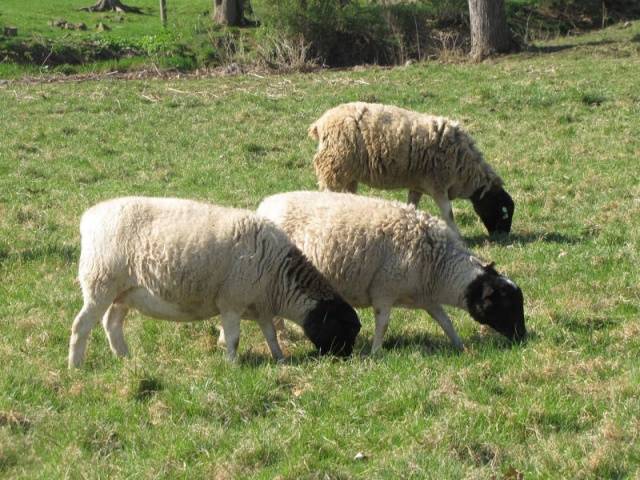
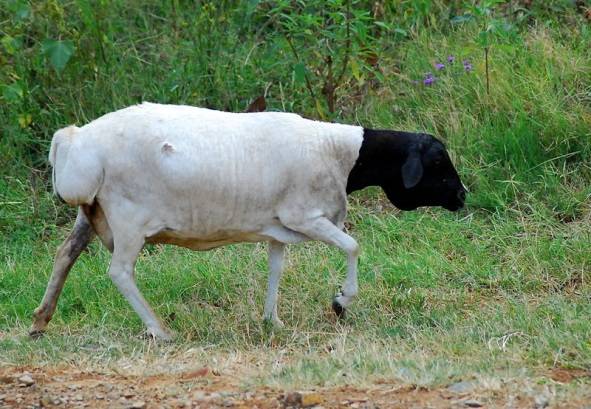
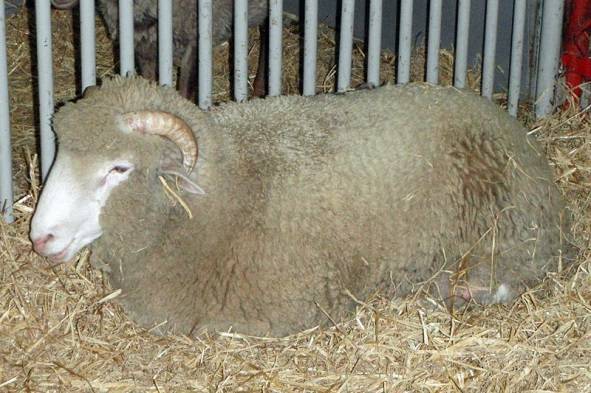
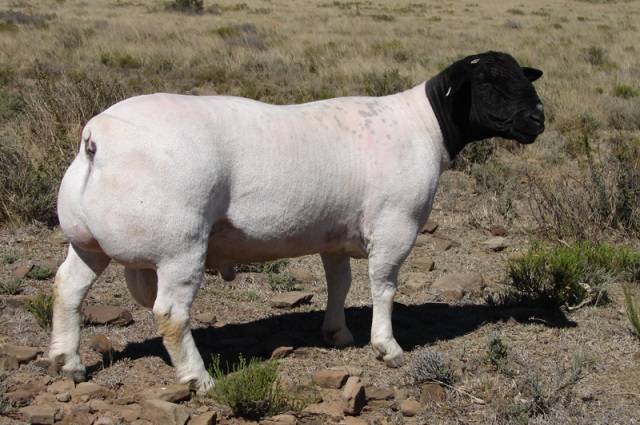
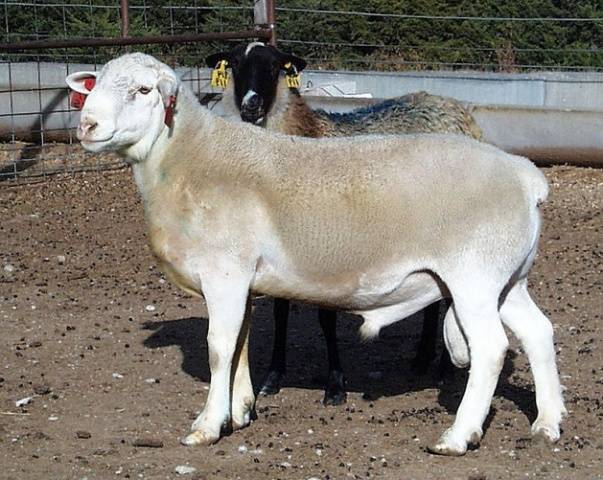
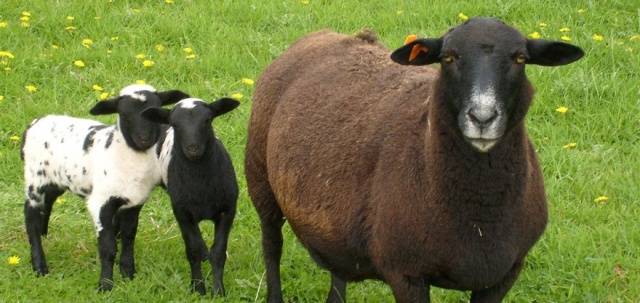
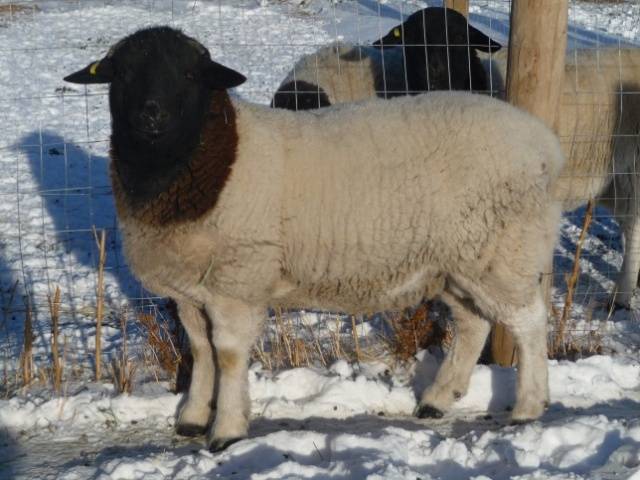
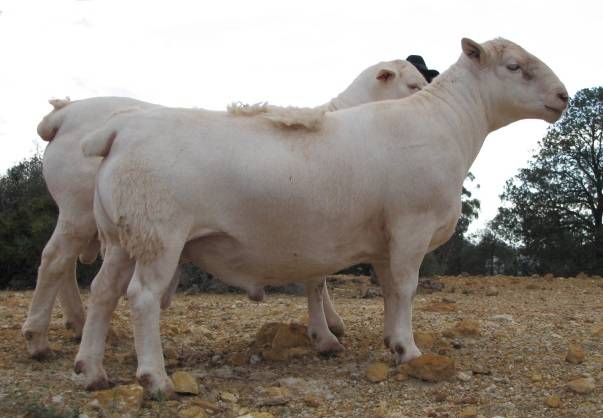
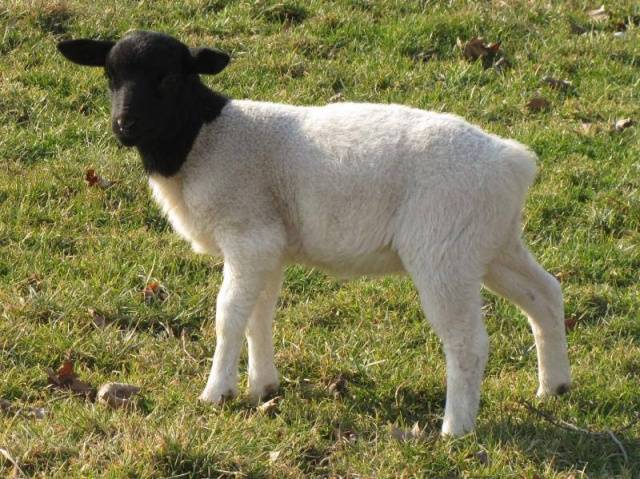
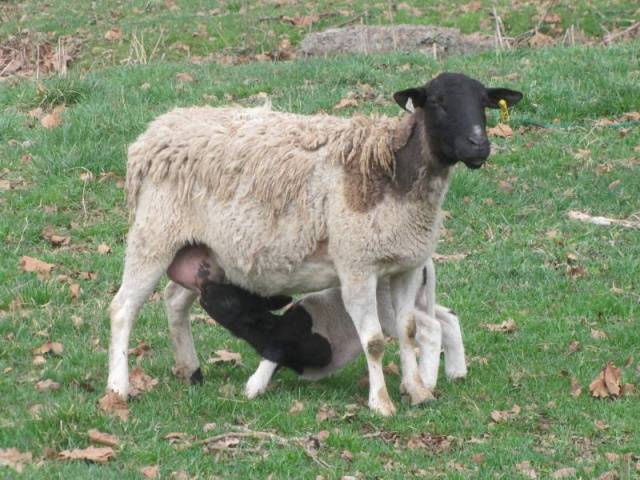
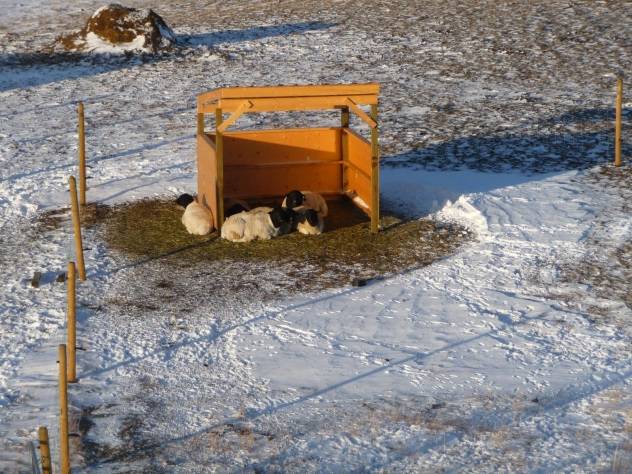
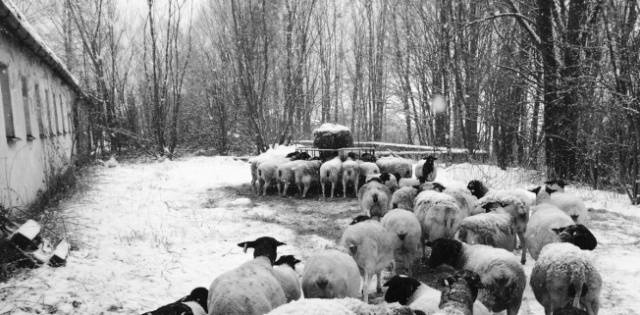

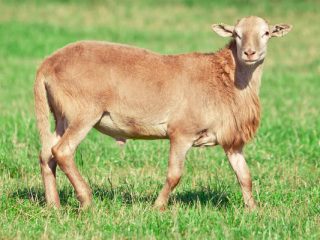
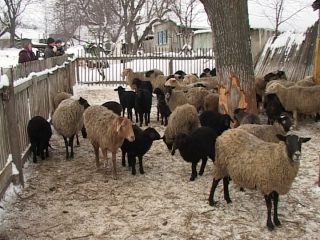
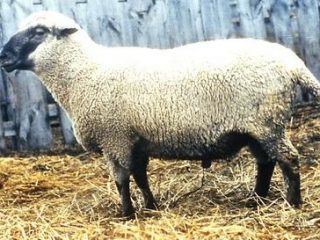
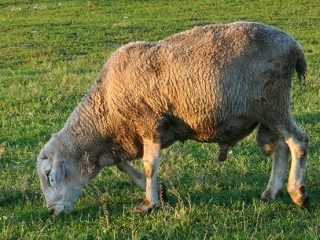
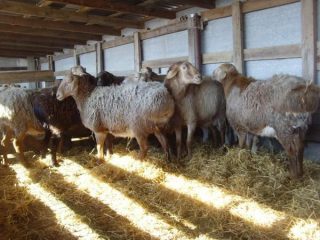
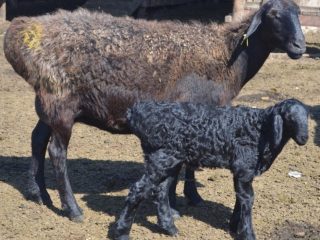
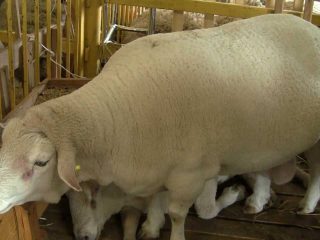
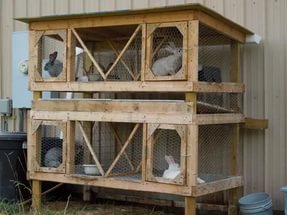
This is not a black Dorper sheep in the photo, a cross with white breeds, with her lambs are 3/4 Dorper, we have the same coat color